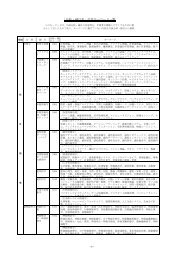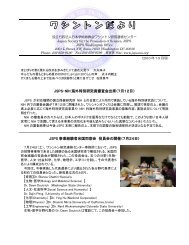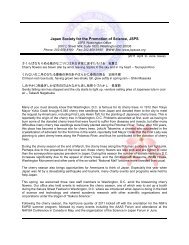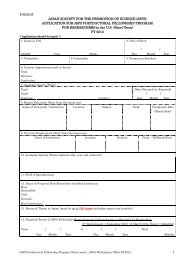Aerosols, Monsoon Rainfall Variability, and Climate Change
Aerosols, Monsoon Rainfall Variability, and Climate Change
Aerosols, Monsoon Rainfall Variability, and Climate Change
Create successful ePaper yourself
Turn your PDF publications into a flip-book with our unique Google optimized e-Paper software.
Building up the case for importance of absorbing<br />
aerosols (black carbon <strong>and</strong> dust) in impacting<br />
monsoon water cycle <strong>and</strong> climate.<br />
Heating by absorption of solar radiation by soot <strong>and</strong> dust in the Hindu-<br />
Kush-Tibetan-Himalayas (HKHT) region initiates an atmospheric<br />
feedback via the EHP effect leading to:<br />
• Increased mid-tropospheric radiative heating along Himalayas foothills<br />
enhances convection in northern India, leading to warming <strong>and</strong><br />
moistening of the middle <strong>and</strong> upper troposphere over the HKHT region;<br />
enhancing the early summer monsoon…….<br />
• The hotter <strong>and</strong> moister atmosphere transfers sensible <strong>and</strong> latent heat to<br />
the HKHT l<strong>and</strong> surface, enhancing early spring snow melt<br />
Snow-darkening effect with typical soot deposition, may lead to 1-4 %<br />
reduction in surface albedo; leading to 9-24% increase in annual runoff<br />
in a typical TP glacier.<br />
• Both EHP <strong>and</strong> snow darkening effect may accentuate greenhouse<br />
warming, leading to early season snowmelt <strong>and</strong> accelerated glacier<br />
retreat.<br />
t











